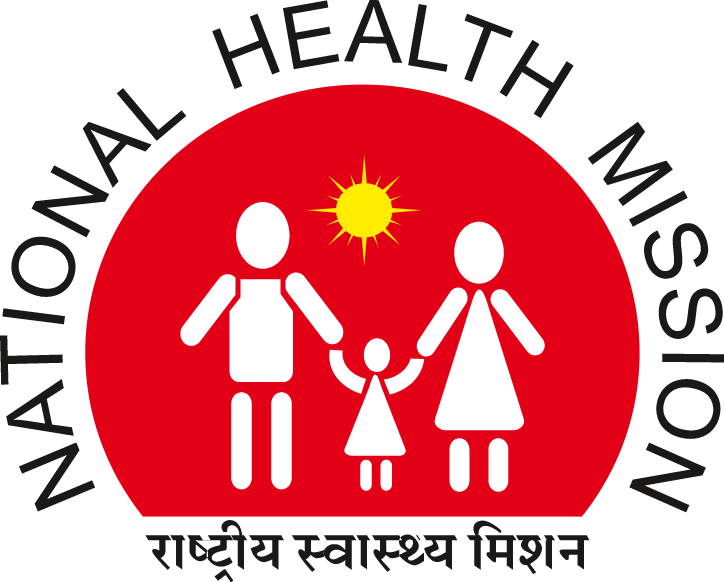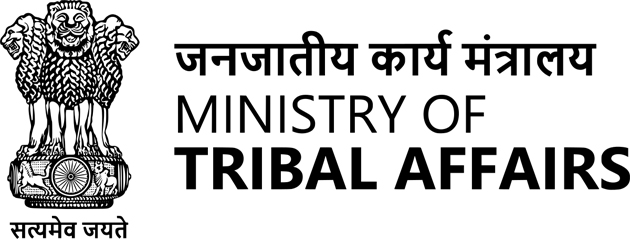Genetic Counselling
Genetic counselling aims at providing information and support to individuals and families about genetic risks of passing on the gene/ disorder to the children. Counselling couples at risk is complex because SCD can vary from being relatively severe to mild/asymptomatic in presentation. This must be clearly explained to the parents.
Counselling should be offered :
● After the diagnosis of trait or disease
● Before pregnancy or as early in pregnancy as possible
● During antenatal testing when both mother and father are known/diagnosed as sickle cell carriers
● Before and following prenatal diagnosis to inform the couple about the diagnosis of the fetus
For newborn screening
Counsellors should know the difference between SCD and trait. Carriers (traits) should be reassured that they do not have/will not have any of the problems of SCD. They need to know the risks of marrying a person with a trait.
For SCD patients:
● Explain the clinical presentation, variability, severity, and consequences of the disorder.
● the autosomal recessive inheritance pattern.
● the risks and meaning of the carrier state
● Providing emotional and social support to reduce the family’s anxiety
FAQ:
● Why is our child suffering from the disease when both of us normal?
● Is there a cure for the disease?
● What is the cost involved for treatment?
● What treatment options are available, are these lifelong?
● Are these treatments available near our home?
● Can the next child also have a similar disease?
● Is there any way to prevent it?
Answers to Frequently asked Questions:
Sickle Cell Disease is an inherited blood disorder. Hence, a child is born with it. It is not transmitted from one person to another through any other source. It is a recessive gene disorder. A baby inherits two copies of the gene (one from each parent) to have the disorder or one copy to have a trait / be a carrier. The parents can have a simple blood test,
to easily find out if there is a risk of their children having the disease. The risk in each pregnancy is important to understand in order to explain the risk in subsequent pregnancies Prospective parents can face the following scenarios, depending on their own haemoglobin status.
1. AA – both parents have normal haemoglobin - AA - there is absolutely nothing to worry since the children will be fine
2. AS – if one parent is AS / has a sickle cell trait, then there is a 25% chance that a child might also be a carrier
3. If both parents are AS - then there is a 25% risk that a child might have SS, 25% chance that it will be AA, and a 50 % that it might have a trait (AS).
4. SS – IF both parents have sickle cell disease (SS) then all children have the same, 100% risk of having the SS.
5. If one parent is SS and the other is AS, a child will have a 50% risk of inheriting a trait (AS) and 50% risk of having SS.
Since the disease is transmitted to the children only from their parents, genetic counselling becomes extremely important in the management of sickle cell disease.
Ethical and Religious Issues:
Genetic counselling should be “non- directive”, where the counsellor presents the information regarding patterns of inheritance and allows the individual or the couple to make their own decisions on marriage and procreation. How they interpret the genetic information and risk is guided by social, cultural, and religious factors as well as the influence of elders in the family.
Informed Consent:
The health practitioner/ counsellor must seek informed consent before any tests (including screening) or procedure is undertaken. Consent can be written, verbal, or non-verbal.
Reproductive Counselling
Health practitioners need to be sensitive to the personal and social circumstances and aspirations of the patients. Often women, across the rural/urban divide, can be under social pressure to have children soon after marriage, and delays in childbearing can affect their position in the family. It might be useful to initiate a discussion about what the woman and her husband want, and how to achieve these goals.
Given the increased risk of adverse pregnancy outcomes in SCD and the risk of maternal morbidity and mortality, several recommendations are relevant for women with SCD and their partners. It is important to be supportive in case the woman wants to have a baby rather than discourage her or overtly/ covertly persuade her not to have children or terminate a pregnancy without giving her the choice of having a prenatal test.
Premarital testing
At times, individuals might have been screened in the community and know their carrier status and want their prospective partner to be tested. There might be sickle cell in the family, resulting in premarital tests. Screening results should not be shared with anyone except the patient, as public disclosure can have serious repercussions for the person. Carrier couples should know the risks outlining the scenarios presented above (1. One partner is a carrier 2. Both partners are carriers 3. One is a carrier and the other has SCD, 4. Both have SCD)
Contraception
In women with SCD, regular use of contraception is advised to reduce the health risks associated with an unintended pregnancy. Hormonal contraceptives may also decrease menstrual blood flow, leading to higher haemoglobin levels. The use of progestin-only
hormonal contraceptives lowers the risk of thromboembolism compared to the use of oestrogen-containing contraceptives and has been shown to be safe for women with SCD. However, if the benefits are considered to outweigh the risks, combined hormonal contraceptives (pills, patches, and rings) may be used in women with SCD. A history of stroke is a contraindication to combined hormonal contraception,
Intrauterine devices (IUDs) and intrauterine implants carry modest risks associated with the insertion procedure, while sterilization carries risks associated with the surgical procedure. There is no evidence that IUDs pose an increased risk for women with SCD.
Explaining the risks during pregnancy
a. Pregnancy in SCD is considered high risk for the mother and the baby.
b. For the mother, these risks are increased frequency of pain crises, thrombosis, infections, preeclampsia, and death as compared to women who do not have SCD.
c. Possible adverse outcomes include foetal (intrauterine) growth restriction, preterm delivery, and stillbirth
d. Additional fetal surveillance is required during pregnancy



